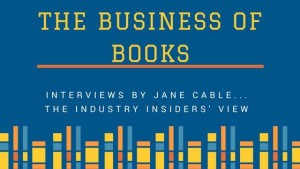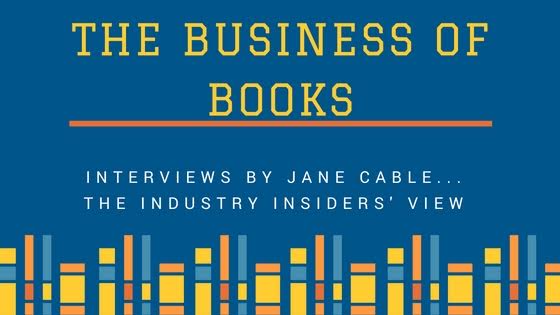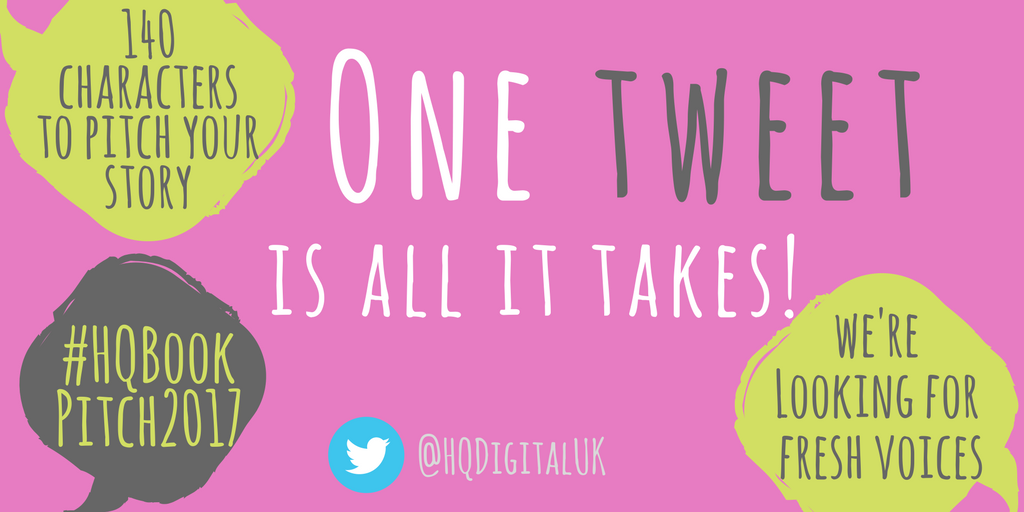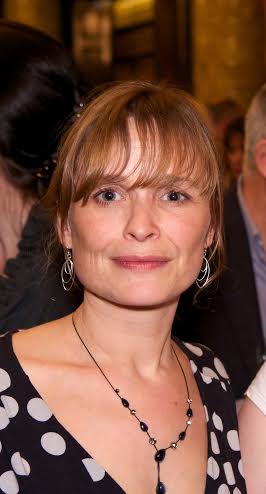If there’s one creative mountain that’s harder to climb than getting a book accepted by a publisher, it’s selling a screenplay to a film company. But stripped back to its most basic level you’re actually creating, and selling, the same thing – a story.
Of course I’d heard of novelists using screenplay techniques but I’d never given it serious thought until one day last summer when I was lazing in author Liz Fenwick’s gorgeous garden and she told me these were methods she used. Given how much I admire Liz’s work I quite literally sat up and took notice. And given how much of an evangelist for these skills she is, just a few hours later she sent me a reading list.
The first book on it has the unlikely title of Save the Cat and is written by Hollywood screenwriter Blake Snyder. While the title is intriguing the contents are a veritable bible and one or two areas in particular resonated with me. Especially as I’ve always struggled with what authors term ‘the elevator pitch’ and what Snyder calls ‘the log line.’
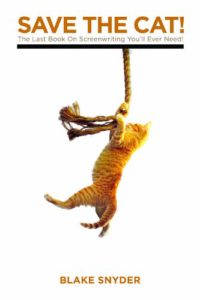 The log line’s job is to sell your screenplay – or your novel – in one or two sentences. I think we all know that. But Snyder digs down into what a great log line should be and stresses that you shouldn’t get too far into your opus (or indeed start it at all) until the log line has been pinned down, finessed, and tested. Once it has, it isn’t just a selling tool either – it becomes the starting point for developing your story.
The log line’s job is to sell your screenplay – or your novel – in one or two sentences. I think we all know that. But Snyder digs down into what a great log line should be and stresses that you shouldn’t get too far into your opus (or indeed start it at all) until the log line has been pinned down, finessed, and tested. Once it has, it isn’t just a selling tool either – it becomes the starting point for developing your story.
The first question it needs to answer is ‘what is the book about?’ Go on, scribble it down. Just reducing it to a couple of sentences will most likely be a challenge. But honing it until you have the right selection of words takes much more skill and again Snyder gives us the tools: Does it hook the reader’s interest? Does it create a compelling mental picture? Is it easy to tell who the intended audience is? There’s a whole chapter on genre and categorising your story in film terms – which gives a very interesting perspective on classifying novels too.
After the ‘what’, comes the ‘who’. Who is the hero? And what is he or she up against? If that’s already clear from your log line, then great – but the chances are it won’t be, so out comes the red pen again. Snyder advises that at the very least you need to have an adjective to describe the hero, an adjective to describe the bad guy (in the widest possible use of the term), and to show the hero’s compelling goal – which has to be one the audience will identify with.
And once you have all that right there’s just one more tiny thing – the killer title. I didn’t say this was going to be easy, did I? Talking of killer titles, what exactly does Save the Cat mean? It refers to that small but important moment early in the story where the hero does something to make the audience love him or her – a very small point in the overall context of the book – but as titles go it certainly does its job.
Of course I’m skating over a great deal of detail here – my aim is to whet your appetite, not give a blow by blow account of the whole technique. There are so many valuable hints and tips between the pages of Save the Cat any writer who wants to perfect the log line would be wise to read it themselves.

